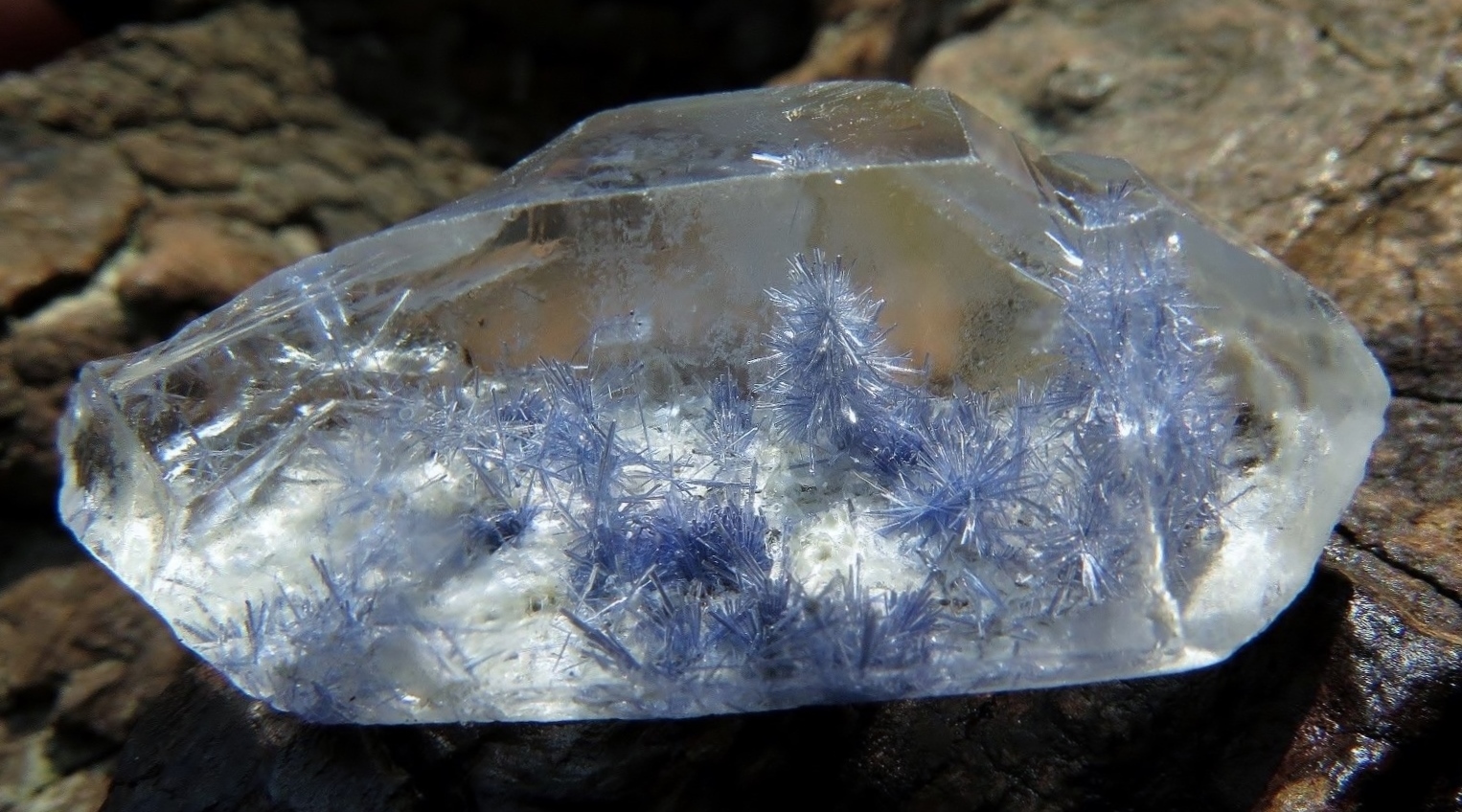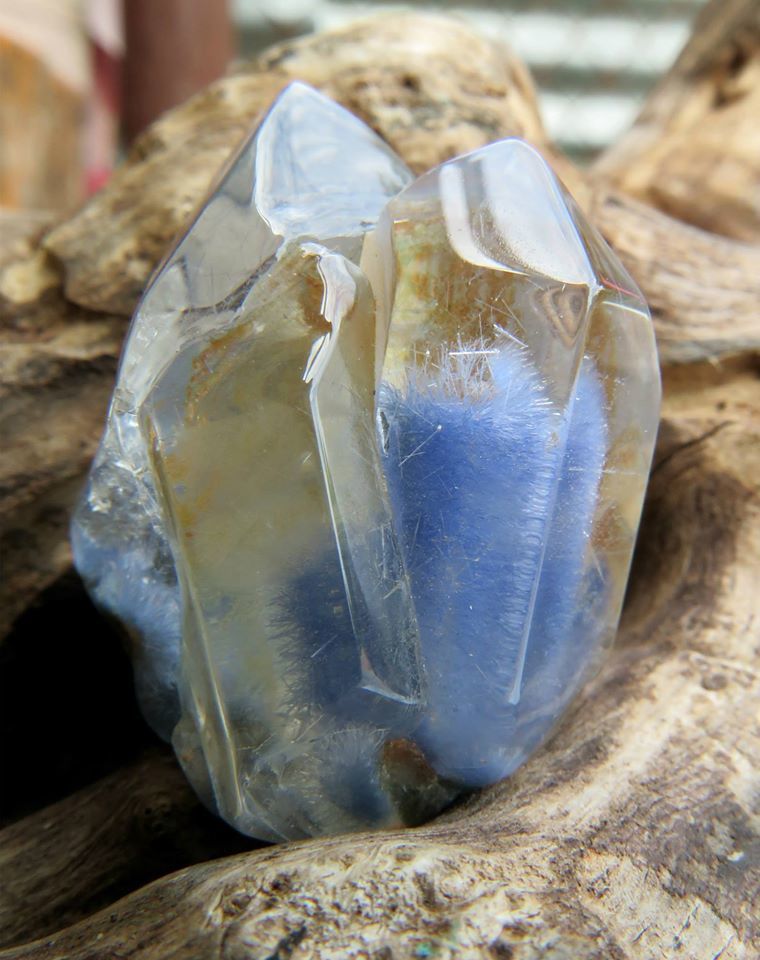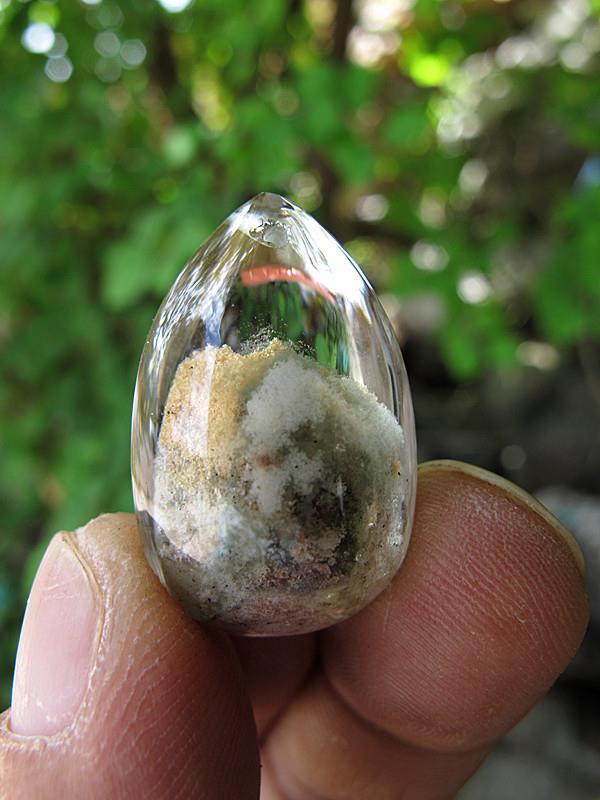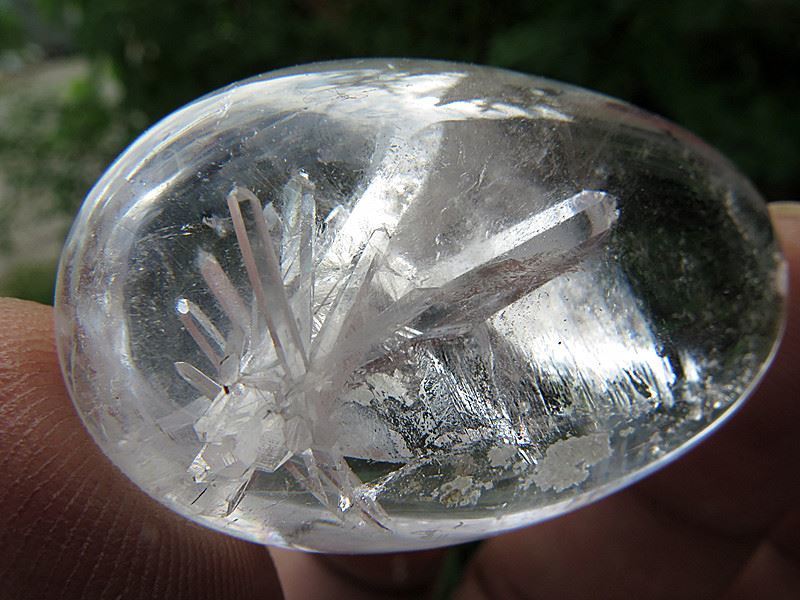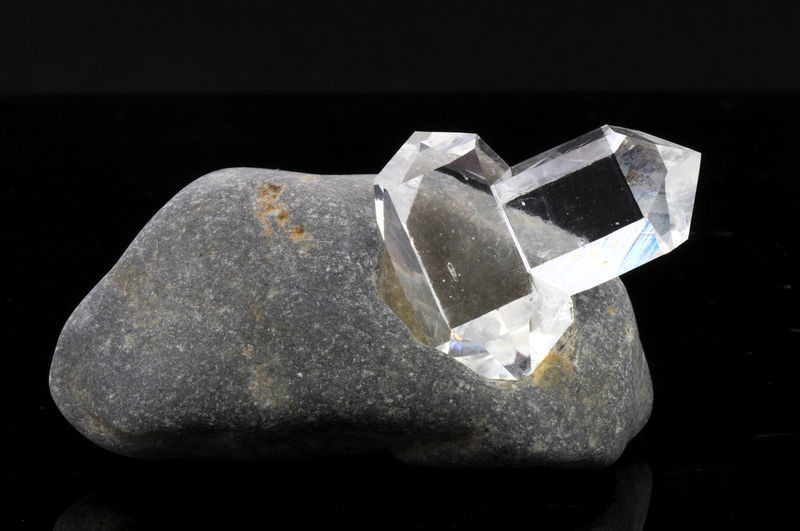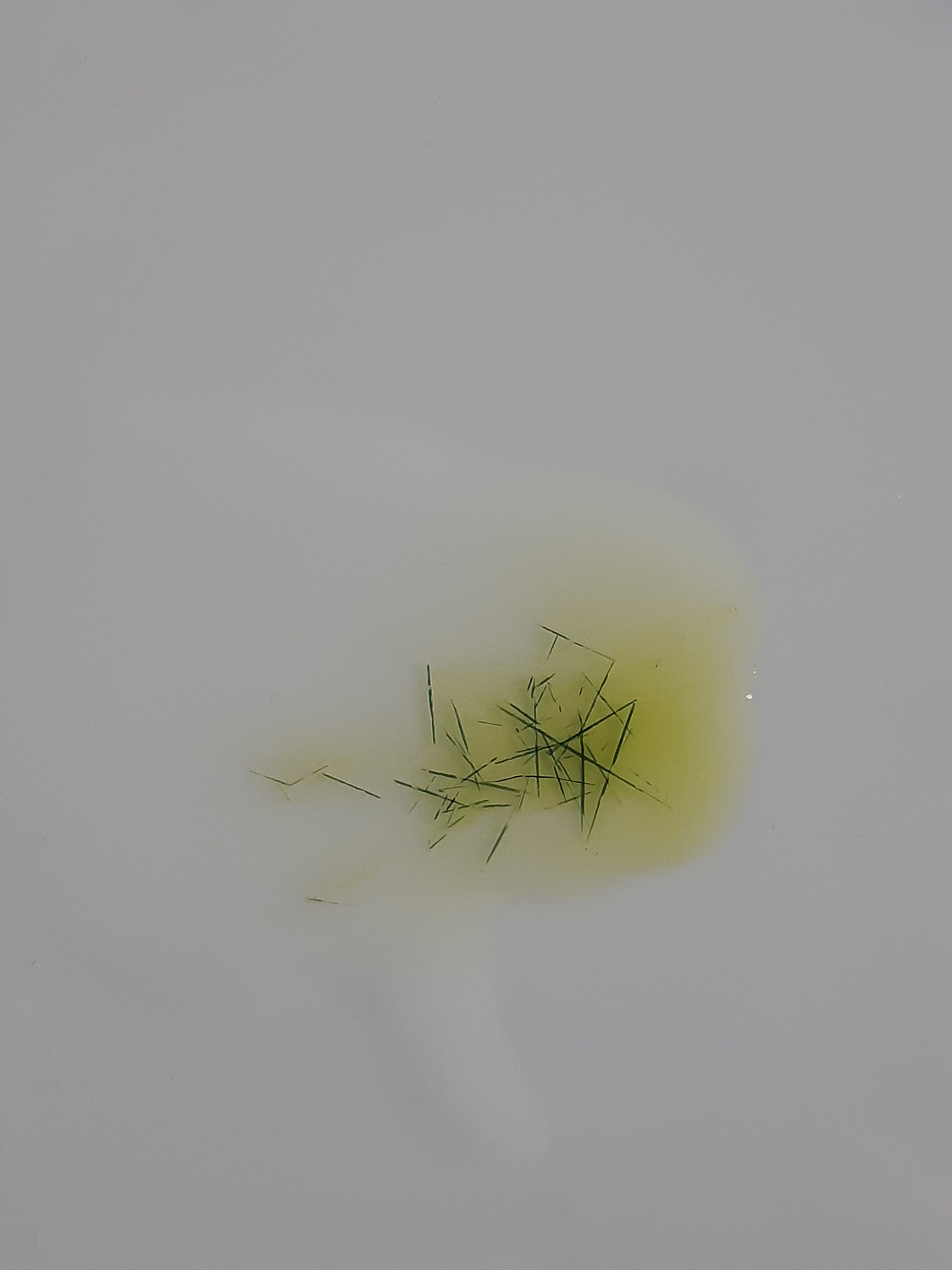Home PageAbout MindatThe Mindat ManualHistory of MindatCopyright StatusWho We AreContact UsAdvertise on Mindat
Donate to MindatCorporate SponsorshipSponsor a PageSponsored PagesMindat AdvertisersAdvertise on Mindat
Learning CenterWhat is a mineral?The most common minerals on earthInformation for EducatorsMindat ArticlesThe ElementsThe Rock H. Currier Digital LibraryGeologic Time
Minerals by PropertiesMinerals by ChemistryAdvanced Locality SearchRandom MineralRandom LocalitySearch by minIDLocalities Near MeSearch ArticlesSearch GlossaryMore Search Options
The Mindat ManualAdd a New PhotoRate PhotosLocality Edit ReportCoordinate Completion ReportAdd Glossary Item
Mining CompaniesStatisticsUsersMineral MuseumsClubs & OrganizationsMineral Shows & EventsThe Mindat DirectoryDevice SettingsThe Mineral Quiz
Photo SearchPhoto GalleriesSearch by ColorNew Photos TodayNew Photos YesterdayMembers' Photo GalleriesPast Photo of the Day GalleryPhotography
╳Discussions
💬 Home🔎 Search📅 LatestGroups
EducationOpen discussion area.Fakes & FraudsOpen discussion area.Field CollectingOpen discussion area.FossilsOpen discussion area.Gems and GemologyOpen discussion area.GeneralOpen discussion area.How to ContributeOpen discussion area.Identity HelpOpen discussion area.Improving Mindat.orgOpen discussion area.LocalitiesOpen discussion area.Lost and Stolen SpecimensOpen discussion area.MarketplaceOpen discussion area.MeteoritesOpen discussion area.Mindat ProductsOpen discussion area.Mineral ExchangesOpen discussion area.Mineral PhotographyOpen discussion area.Mineral ShowsOpen discussion area.Mineralogical ClassificationOpen discussion area.Mineralogy CourseOpen discussion area.MineralsOpen discussion area.Minerals and MuseumsOpen discussion area.PhotosOpen discussion area.Techniques for CollectorsOpen discussion area.The Rock H. Currier Digital LibraryOpen discussion area.UV MineralsOpen discussion area.Recent Images in Discussions
Fakes & FraudsFake dumortierite

10th Nov 2015 12:42 UTCJohn Collins
I note that Mindat does not list China as a possible source location for dumortierite.
Would I be naive to assume that these specimens from China are fake?
10th Nov 2015 14:34 UTCPeter Slootweg 🌟
Peter

19th Nov 2015 16:39 UTCcascaillou
19th Nov 2015 16:45 UTCRob Woodside 🌟 Manager

19th Nov 2015 17:09 UTCcascaillou
I also noticed that most are from the same seller, so the guy most probably bought a batch from brazil and is now selling retail (which could account for the rather low prices...this and the fact that many have visible damage to the terminations and edges).
19th Nov 2015 17:11 UTCReiner Mielke Expert

19th Nov 2015 17:17 UTCcascaillou
http://www.mineral-forum.com/message-board/viewtopic.php?t=4243
Note that the link also features a before/after picture of a natural quartz which damaged terminations have been synthetically regrown (this is tricky).
19th Nov 2015 17:27 UTCRob Woodside 🌟 Manager

19th Nov 2015 17:44 UTCAlfredo Petrov Manager
I suppose if someone bought a specimen believing it to be a naturally shiny perfect quartz crystal, and then later was disappointed to find out that the faces had been polished, then that person might use the word "fake", but such a mistake could only happen to a real beginner.
U.S. Customs requires polished stones to be marked with the name of the country where the work was done on it. So "China" does not necessarily mean the quartz crystal originally came from there. As others pointed out, the new dumortierite-included ones are from Brazil.

19th Nov 2015 17:53 UTCcascaillou

19th Nov 2015 18:01 UTCAlfredo Petrov Manager

19th Nov 2015 18:18 UTCcascaillou
I mean that would be like heat treating a sapphire which is already naturally showing best color (that would simply lessen its value which is linked to the rarity of such color in the nature). Indeed color and clarity are quality factors considering that best grade color and best grade clarity are very rare.
19th Nov 2015 18:34 UTCRob Woodside 🌟 Manager

19th Nov 2015 18:54 UTCAlfredo Petrov Manager

19th Nov 2015 19:04 UTCcascaillou
quartz without interesting inclusions + frosty faces = extremely common specimen
quartz without interesting inclusions + naturally smooth faces = common specimen
interesting inclusions + frosty faces = uncommon specimen (and polishing can improve it)
interesting inclusions + naturally smooth faces = very rare specimen (and polishing would just negates its rarity)
But as Rob pointed out, the market currently doesn't really take this rarity factor into account.
ps: Alfredo, I don't think the inclusions are responsible for the frosty faces, indeed even without any inclusions, quartz with high clarity is still less common than quartz without. Simply because ideal growth condition are less commonly achieved in nature.

20th Nov 2015 02:54 UTCLawrie Berthelsen (2)
What does worry me however, is that the colour in real life is a quite dull grey-blue, but on Ebay they are depicted as a bright, intense blue. There are now quite a few Chinese sellers carrying these, as well as cabochons, and they are usually depicted as a bright blue. The few American Ebay dealers selling them depict them as the more natural colour.
So, buyer beware!
Lawrie.

20th Nov 2015 13:18 UTCcascaillou
20th Nov 2015 14:50 UTCSteve Federico
20th Nov 2015 15:25 UTCRob Woodside 🌟 Manager
21st Nov 2015 11:43 UTCSteve Federico

21st Nov 2015 12:33 UTCJohn Collins
Here's an example of the stuff "from China":
http://www.ebay.ca/itm/15ct-RARE-NATURAL-Clear-Beautiful-Blue-Dumortierite-Crystal-Mineral-Specimen-/121816459673?hash=item1c5cd3a999:g:ZnEAAOSw6dNWSfrU
John
21st Nov 2015 15:09 UTCRob Woodside 🌟 Manager

29th Mar 2016 23:09 UTCGiorgio Penco
Hi all, this is the first time I write in MinDat.
It seems to me that it is very hard to believe that dumortierite quartz is natural. If you look at the photo albums in https://www.facebook.com/hurgie.crystal/media_set?set=a.787495327995846.1073742571.100002061580321&type=3 you will find a lot, an incredible quantity of crystals in quartz. Dumortierite, but also anatase, dendrites, brookite, connellite and some other ... plus phantoms, rainbows, bubbles, strange inclusions and even quartz clusters inside other quartzes. Often in a single specimen you can find 3 o 4 different inclusions.
Such materials seems to be growth without any logical order and without knowing the usual mineralogical criteria. For example there are a lot of rutilated quartzes, but almost never you can find the classical exagonal twinning. Instead all the different included minerals (rutile, connellite, dumortierite, ...) seem to grow in 2 different ways: as "flowers" or around a single central crystal.
If you consider that the vendor sells an incredible quantity of different specimens, but the same material can't be found from important vendors like Arkenstone or similar there is more than enough to conclude that the strange "super-included" quartzes are fake.
:-)
30th Mar 2016 06:00 UTCSteve Hardinger 🌟 Expert
Or that it's below the price point of these dealers. Absence in a dealer's inventory doesn't make it unnatural.
30th Mar 2016 07:27 UTCJoel Dyer
Things just somehow look too smooth and perfect. I wonder if anyone has analyzed samples such as Giorgio shows properly? If not, why not? Also, how likely is it that such nice, big floater inclusions sit on top of "white sand" or sugar or whatever looking material?
In China they are masters at modifying and manufacturing nearly anything that anyone can imagine, so I certainly am not convinced yet, dspite the comments of much more experienced Mindaters... Pretty the samples undoubtedly are, and I'm sure many buyers are happy with their purchases.
Cheers,

6th Apr 2016 18:15 UTCGiorgio Penco
Dear all, I add three more pictures from che same vendor.
The first picture shows a lodolite quartz cointaining also a biterminated quartz. Please note that the junk material that forms the "lodolite" part is completely covered by a sheet of external quartz. It seems that the internal lodolite has an egg shape and never emerges to the surface. In other terms it seems that the external quartz layer has been deposed after having create the internal egg.
The second picture shows a quartz crystal with rutiles included in an external "egg" quartz. Rutile needles seems to be all grown from some curved structure, but there is no evidence of twinning. Again there is a very very unlikely combination of elements (a quartz plus many rutile needles, with a very unusual growth, inside another quartz that wraps all internal elements very well).
The third picture, again, shows the same situation. An internal quartz (in the lower part) with very unusual rutile flowers and all perfectly wrapped inside another quartz.
I wish to say another little thing. There is a document from GIA that speaks of dumortierite needles in quartz. That document states that "dumortierite" is real dumortierite (not another different mineral), but is doesn't say anything, not a single word (from GIA), about a little, decisive detail, is the whole structure natural or synthetic?
:-)

6th Apr 2016 18:31 UTCAlfredo Petrov Manager
6th Apr 2016 19:03 UTCRob Woodside 🌟 Manager

7th Apr 2016 09:42 UTCGiorgio Penco
:-)
Well, I think I was not able to explain exactly what I meant ... but maybe the new picture will explain all better than me.
The picture clearly shows an internal egg, with an its own shape and warping, manifactured BEFORE wrapping all into an external layer of quartz. Everyone can believe whatever he wants ... but ...
Moreover the sum of clues can't be ignored.
It is true that there are some specimens that seems to be raw, but actually technology let to imitate raw material as well as such polished eggs. And it is well known that synthetic quartz is often deposited over a natural layer. Natural quartzes can be easily perforated to add internal elements and then closed making new quartz grow inside the hole.
As far as I'm concerned, I have no doubts. Such playthings are manmade.
Giorgio.
:-)

7th Apr 2016 09:50 UTCGiorgio Penco
... and ... just to show some nice synthetic quartzes ...
This is a part of what you can be, nowadays, with synthetic quartzes.
(All pictures from the following website: http://www.mineral-forum.com/message-board/viewtopic.php?t=4243)
:-)

7th Apr 2016 13:13 UTCAlfredo Petrov Manager
Of the three eggs in your previous post, the first one certainly looks like a common chlorite-included quartz from Brazil, whether you believe it or not. I see no evidence of fakery. Actually I think if someone were to go to all the trouble of manufacturing something like that, they would've used more beautiful inclusions! :-D
As for your assertion that "Natural quartzes can be easily perforated to add internal elements and then closed making new quartz grow inside the hole." - do you have any evidence? Any example to show of such a procedure? Surely you aren't suggesting that any of the eggs you've shown here were made by drilling into a natural crystal and sticking the inclusions inside? :-S
7th Apr 2016 16:35 UTCRob Woodside 🌟 Manager
I like the waterworn pebble with the attached xls. A lovely fake.
7th Apr 2016 17:45 UTCUwe Kolitsch Manager
A simple hardness test would be interesting.

8th Apr 2016 09:40 UTCGiorgio Penco
I'm sorry for the three synthetic quartz pictures. I didn't meant to go off topic, but just to show that synthetic quartz can now be produced in very sophisticated ways and shapes. The same web site I linked shows also one picture of a broken cluster of amethyst "repaired" making new quartz grow over the natural amethyst.
There are no techinical issues in making quartz grow inside a hole, considering that we are speaking of hydrothermal growth. Anyway I don't want to say that the eggs are perforated quartz with inclusion added in little holes.
What I really say is that the evidences pro such extraordinary quartzes with several different inclusions aren't unsatisfying and there is no real proof that the best specimens are natural. In some cases they are clearly manmade and this let me suspect that maybe they are "all" manmade.
Instead, for the most simple specimens, it is not difficult to believe in a natural growth.
:-)

26th Dec 2020 18:35 UTCAli Unwala
I saw this geode with supposed dumortierite needles inside posted on EBay. This was a new one for me.
The seller was from china but mentioned this was from morocco.
Since many moroccan geodes had been faked in the past + dumortierite not being listed as a Moroccan locality got me thinking this was suspicious.
Anyone got any thoughts on this one?


26th Dec 2020 19:00 UTCBob Harman

27th Dec 2020 03:38 UTCDoug Daniels

18th Feb 2021 13:41 UTCAxel Quris
The blue crystals evaporate with a blue flame when burnt.
They dissolve in acids (tested with muriatic and nitric), they give a yellowish green solution in muriatic acid (see picture).
I guess it is a copper compound, maybe hydrated copper carbonate ?

27th Dec 2020 13:23 UTCTorben Kjeldgård
If true?
If it was polished you might see the xls inside





Mindat.org is an outreach project of the Hudson Institute of Mineralogy, a 501(c)(3) not-for-profit organization.
Copyright © mindat.org and the Hudson Institute of Mineralogy 1993-2024, except where stated. Most political location boundaries are © OpenStreetMap contributors. Mindat.org relies on the contributions of thousands of members and supporters. Founded in 2000 by Jolyon Ralph.
Privacy Policy - Terms & Conditions - Contact Us / DMCA issues - Report a bug/vulnerability Current server date and time: May 6, 2024 21:01:38
Copyright © mindat.org and the Hudson Institute of Mineralogy 1993-2024, except where stated. Most political location boundaries are © OpenStreetMap contributors. Mindat.org relies on the contributions of thousands of members and supporters. Founded in 2000 by Jolyon Ralph.
Privacy Policy - Terms & Conditions - Contact Us / DMCA issues - Report a bug/vulnerability Current server date and time: May 6, 2024 21:01:38












